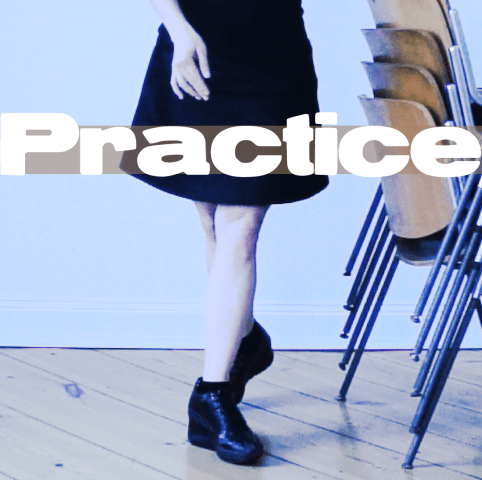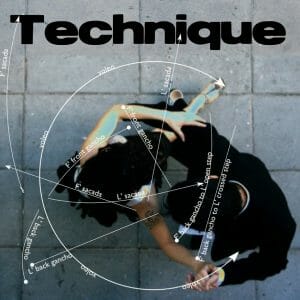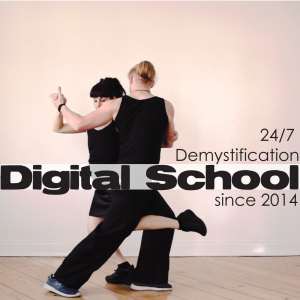Musicality is the application of tango dancing to any music.
Traditional tango music offers a lot of complexity and changes during one song. These characteristics can be found in other kinds of music, and we can also learn to dance to simpler music by dancing to the melody or using complex systems for relating to the rhythm.
In order to express more musicality, dancers need to gain the control to dance quickly and slowly, and to transition smoothly between speeds. Moving slowly smoothly, moving quickly, and speed transitions all require the ability to keep the core engaged during transitions.
To become more musical, you first need to be able to create a variety of different dynamics, or qualities of motion.
Milonga
To learn to lead milonga, one of the best recommendations I can make is to follow a woman leader. Having absorbed the fabulous musicality and charm of innumerable leaders, she understands the musicality of milonga better than any single leader.
Begin by practicing very tiny steps, making sure that your spine actually moves with each one. You must be able to take tiny steps without hiding them from the follower. Dance by yourself watching in the mirror to see that your spine is moving. When practicing milonga with a partner, distinguish between steps that move like tango steps and steps so tiny that they are happening “under and inside the embrace” (this is a point made by the lovely milonga dancer Julio Balmaceda). Start with just forward side and back steps.
Next, practice grapevine steps (molinete lineal), changing the pattern, sizing, and timing of the steps.
Stretching into the arch of connection is crucial for quick transitions
The follower needs to keep her body taught but supple, and stretching the hamstrings is her greatest asset. She also must be extremely alert to movement of the leader’s spine. When dancing with a leader who makes confusing motions with his arms, or fails to maintain chest contact, she can use her hand to search on his back for a place where she can really feel his muscles moving. She should not bounce, but keep her body very quiet, especially if she gets confused and lost during the song.
Vals
In the tango vals, dancers generally do not dance the entire song with triple steps. Roughly 50% of the steps will be in single time, with triple steps or even double-time tripling used as a musical adornment. There is no shame in dancing most of the song in single time and finding only a few moments to hit the vals rhythm when the music really moves you.
To express the triple step, leaders have three options. Both the partners can move together in triple-step time, just the leader can, while the follower stays in single time (or still). Or he can lead the follower to step in triple time while he stays in single time (or still).
Leaders should start dancing vals by finding familiar movements that involve a small step for one or both partners that can be used in triple time.
The next thing to do is to use his own change of foot in the music (whereas in tango he might often be hiding his change of foot in the music). When using sacadas, he can insert an extra change of foot before his step for musicality alone.
He can then seek to control her voleos (and ganchos) to express the swirly bits in the music. A good exercise is to dance a vals leading many voleos, some in single time and some in the tripling.
As a follower, I dance vals committed to single time unless the leader accelerates me. This allows for much more possibility than the follower going to double time every time she feels like it. Especially in giro, the single time creates more interesting possibilities for the leader’s steps and for unusual accelerations.













